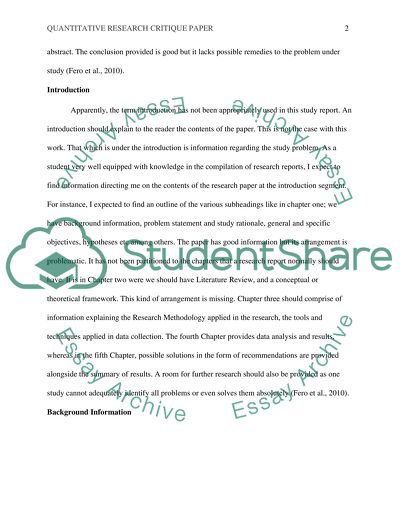Cite this document
(“Critical thinking skills in nursing students: comparison of Research Paper”, n.d.)
Retrieved from https://studentshare.org/nursing/1464792-critical-thinking-skills-in-nursing-students-comparison-of-simulation-based-performance-with-metrics
Retrieved from https://studentshare.org/nursing/1464792-critical-thinking-skills-in-nursing-students-comparison-of-simulation-based-performance-with-metrics
(Critical Thinking Skills in Nursing Students: Comparison of Research Paper)
https://studentshare.org/nursing/1464792-critical-thinking-skills-in-nursing-students-comparison-of-simulation-based-performance-with-metrics.
https://studentshare.org/nursing/1464792-critical-thinking-skills-in-nursing-students-comparison-of-simulation-based-performance-with-metrics.
“Critical Thinking Skills in Nursing Students: Comparison of Research Paper”, n.d. https://studentshare.org/nursing/1464792-critical-thinking-skills-in-nursing-students-comparison-of-simulation-based-performance-with-metrics.


